Physical Address
304 North Cardinal St.
Dorchester Center, MA 02124
Physical Address
304 North Cardinal St.
Dorchester Center, MA 02124
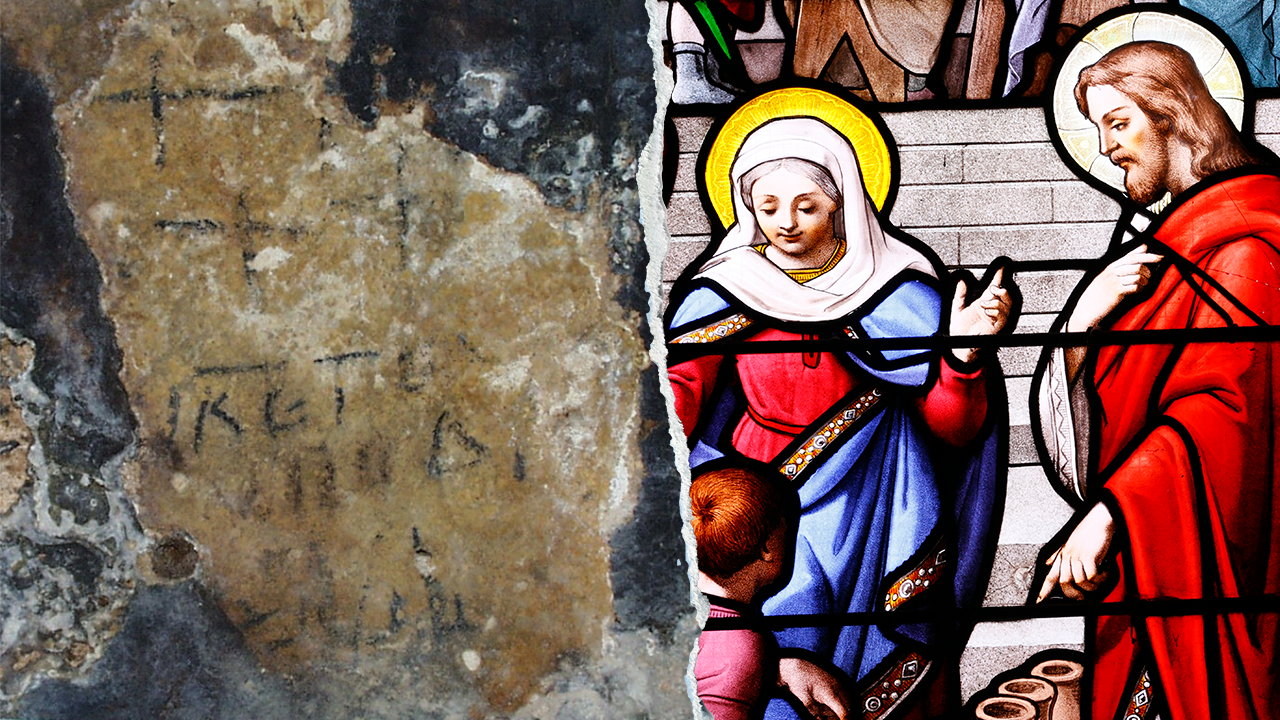
NEWYou can now listen to Fox News articles!
The historian believes that found a location From the first miracle of Jesus Christ – and has new evidence to support it.
Scripture gives limited details about Jesus’ first miracle, which is said to have taken place in Cana. John’s Gospel says Jesus turned water into wine during a wedding in the village.
“There were six stone jars near the water, the kind that the Jews used for a solemn washing, and each kept from twenty to thirty gallons,” the gospel said. “Jesus said to servants,” Fill the jars with water, “and filled them to the top.”
The passage continues, “Then he said to them,” Now pull out some and take it to the Lord of the Bank. “They did it, and the lord of the bank tasted water that was converted to wine.”
The prevailing theory says Kafr Kanna, the Israeli city in Galilee, was the right place of Kana. The pilgrims have long respected the place, according to the 1914 Catholic Encyclopedia.
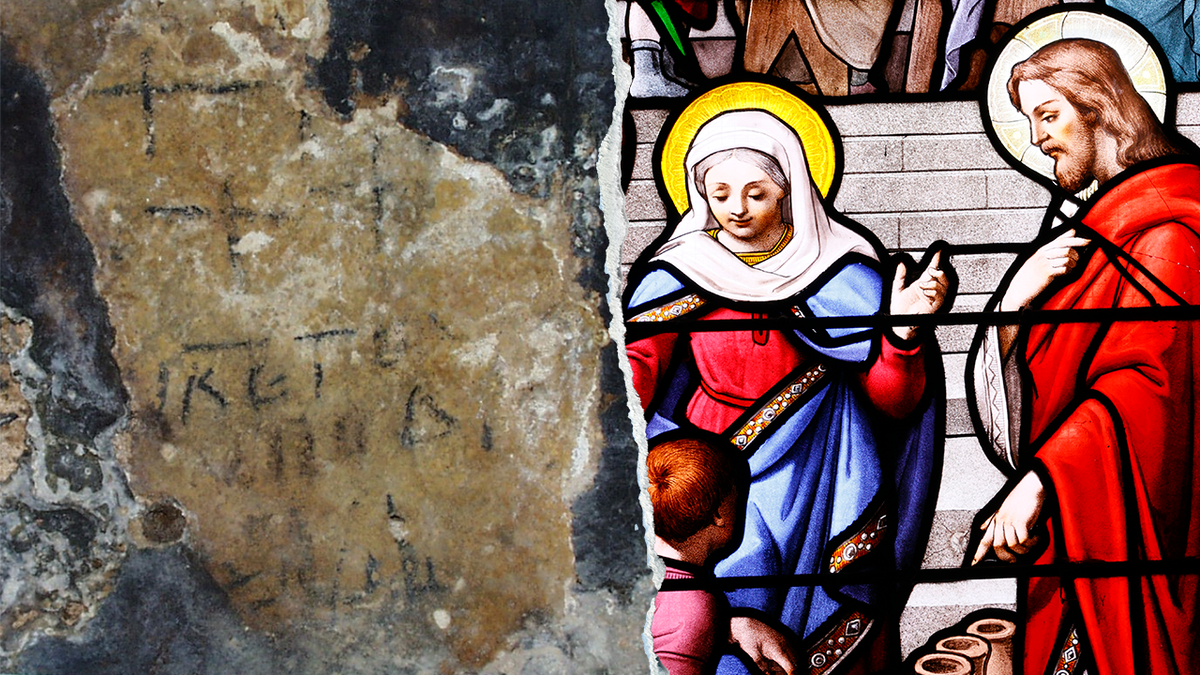
The archaeologist claims that Khirbet Qana is the place of Jesus’ first miracle, after he performed excavations at that place. (Pencil News; Getty Images)
But Tom McCollough historian says Cana was actually five miles north of Kanna Kanna.
Place, named Khirbet Qana, either Jewish village from 323 BC to 324 ad
McCollough taught religion and history at Center College until retirement in 2017. Said Pen News that Khirbet Qana has been presenting the most convincing evidence so far.
Archaeologists reveal strange inscriptions in the Last Supreme room in Jerusalem
“[No other village] He has an ensemble of evidence that makes such a convincing case for Khirbet Qana, “he said.
The main evidence is a series of tunnels that Christians use – marked by various crosses and references to Christ, dating for more than 1500 years.
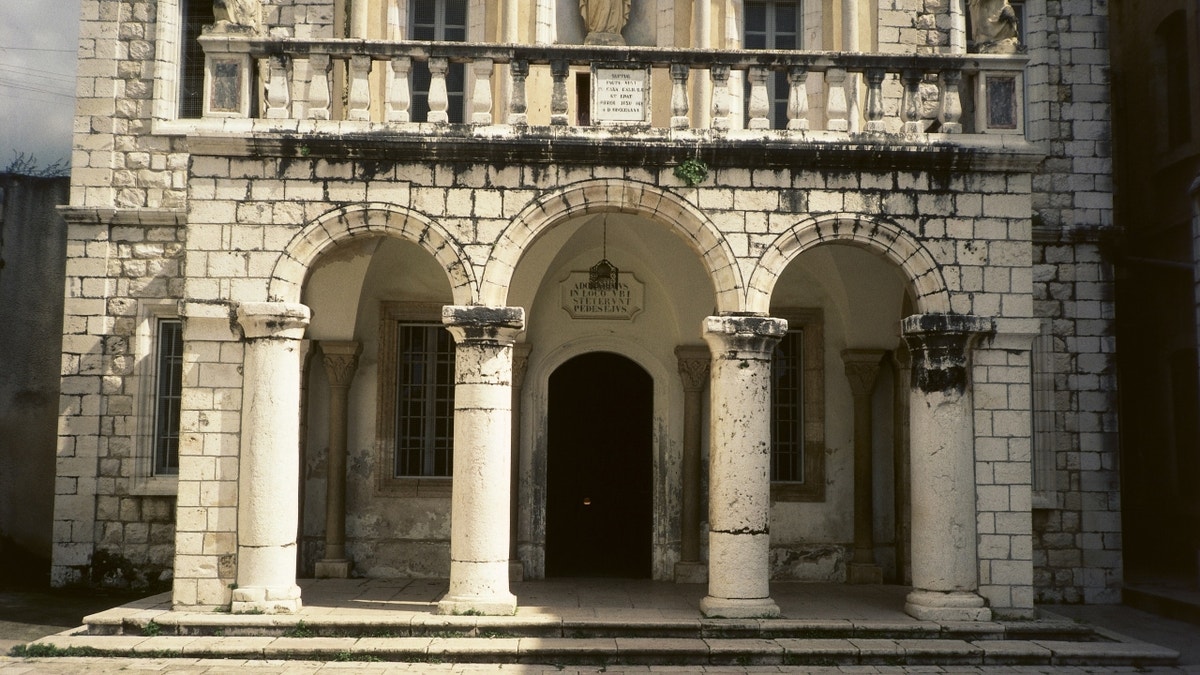
Kafr Kanna, seen here, is considered the place of Jesus’ first miracle – which the historian now challenges. (Getty Images)
“We discovered a large cave complex of Christian glasses used by Christian pilgrims who came in honor Water Miracle to Wine“Said McCollough.
“This complex was used in the beginning of the fifth or beginning of the sixth century and continued to use pilgrims to the 12th century crusade.”
During the excavation, McCollough also discovered an altar and a stone container.
“Our excavations showed that it was a successful Jewish village located in the heart of most of Jesus’ life and service.”
Noted that there is a space for five additional jars – in accordance with the biblical view Six stone jars.
On the walls of the complex, his grandmother’s team also discovered references to Kyrie Iesou, Koine Greek phrase that means to the Lord Jesus.
“The pilgrimage texts we have from this period that describe what the pilgrims did and saw when they came to Cana from Galilee, it is very carefully matching what we exhibited as the Honor Complex,” he said.
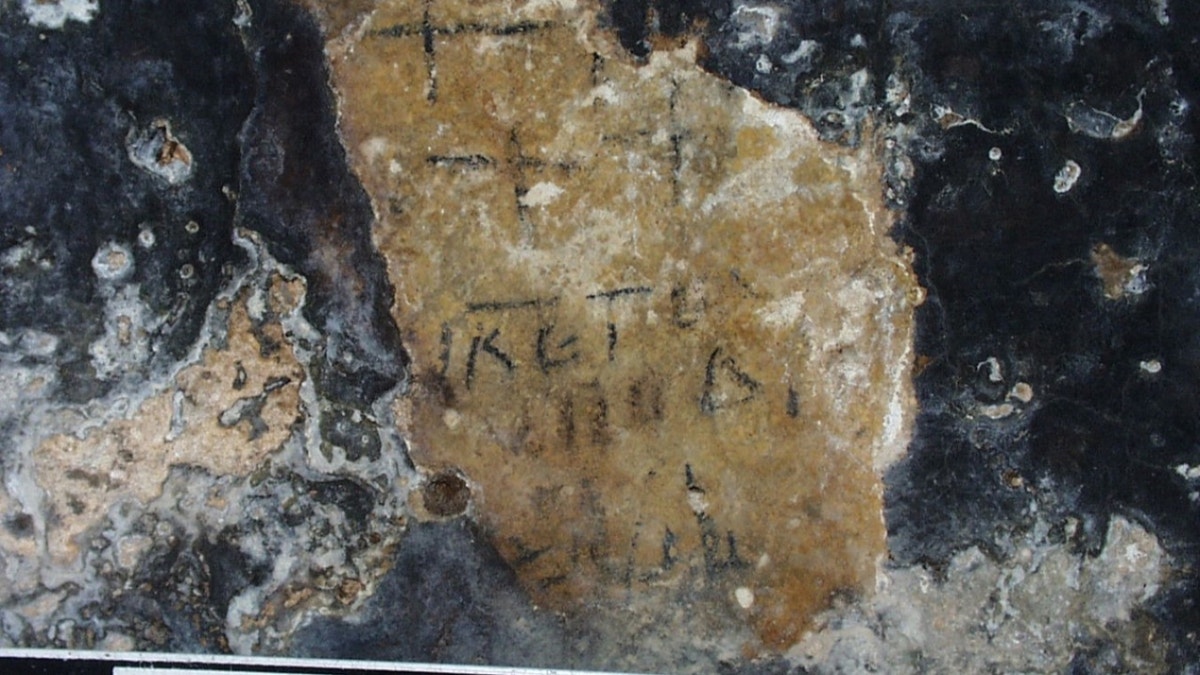
The carvings written in the Greek koine point according to the complex as an ancient place of pilgrimage. (Pencil News)
In an interview with Pen News, McCollough also used the work of Flavia Josephus, a first -century Jewish historian to support his argument.
“His references to Cana are geographically aligned with the Khirbet Qana location, and they logically align with his movements,” he said.
Ancient Christian figurines discovered in a 1.500-year-old desert tomb
“Referring to a canoe in Joseph, the New Testament and in Rabbi’s texts, it would claim that the village was a Jewish village, near the Galilean Sea and in the Donje Galilee region.”
He added, “Khirbet Qana fills all these criteria.”
For more articles on lifestyle visit Foxnews.com/lifestyle
McCollough also claimed that Kafr Kanna was not recognized as a pilgrimage to Cana until the 18th century, which challenges the Catholic narrative of the place.
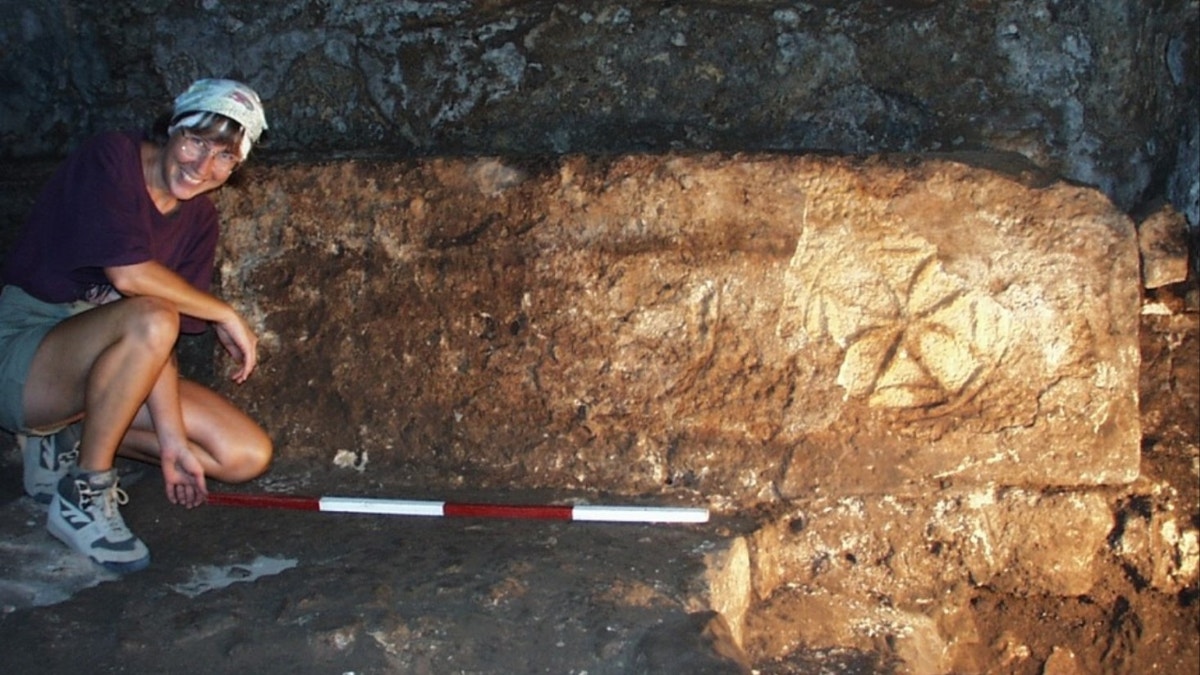
A new excavation could enhance the case of the Bible historicity, the expert said. The findings could “justify at least a rethinking of the historical value of John’s references to the canoe and Jesus.” Khirbet Qana was a Jewish village from 323 BC until the age of 324 before it became a Christian pilgrimage. (Pencil News)
“At this point, the Franciscans managed a Christian pilgrimage and facilitating light passing, not historical accuracy,” he claimed.
Overall, McCollough believes that his excavations could enhance the case of the Bible historicity and that his findings “guarantee at least a review historical value from John’s references to Cana and Jesus. “
Click here to sign up for our newsletter on lifestyle
“Our excavations showed that it was actually a successful Jewish village located in the heart of most of Jesus’ life and service,” he said.
McCollough added: “For the Gospel of John, Cana [was] In a way, Jesus’ safe place or operational center. This is the place he and his students return when they come across resistance in Judea. “
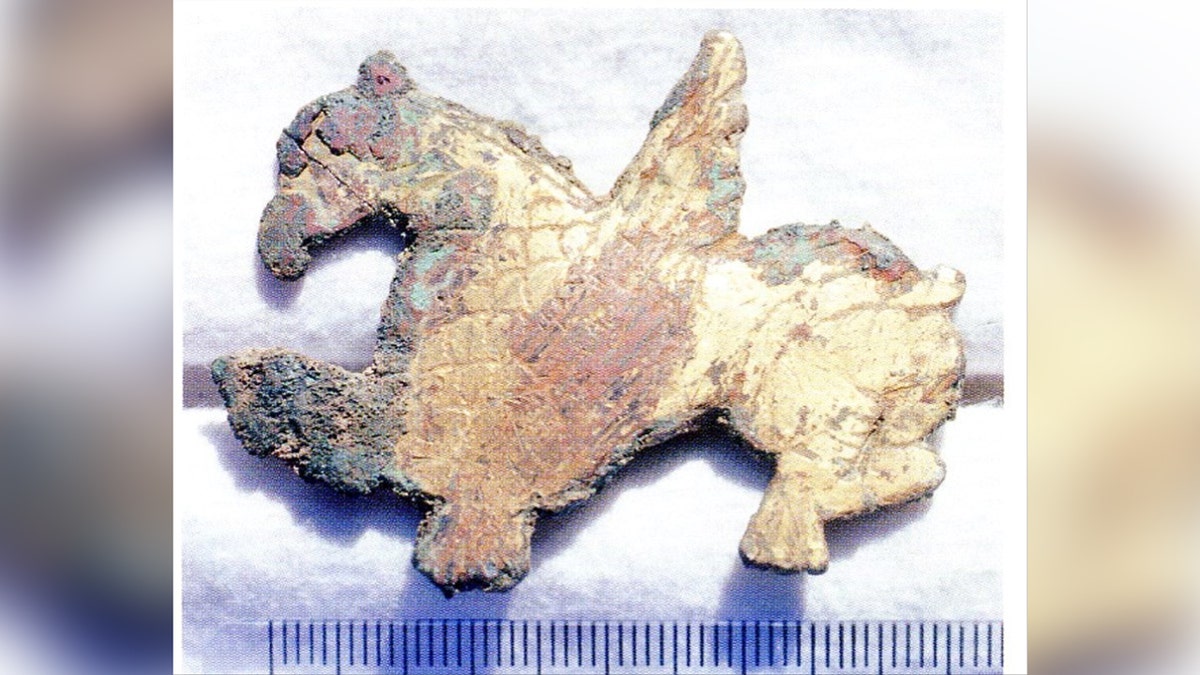
Archaeologists have found different pilgrimage artefacts at this point. (Pencil News)
The latest research comes because archaeologists around the world are working to discover places from the Bible.
In March, an archeologist who works at the Holy Tomb Church spoke with Fox News Digital about finding Evidence of an ancient garden In place, in accordance with the letter.
Click here to get the Fox News app
Earlier this year, a group of Israeli archaeologists revealed evidence of OA Bible battle in the city of Megiddo in northern Israel.